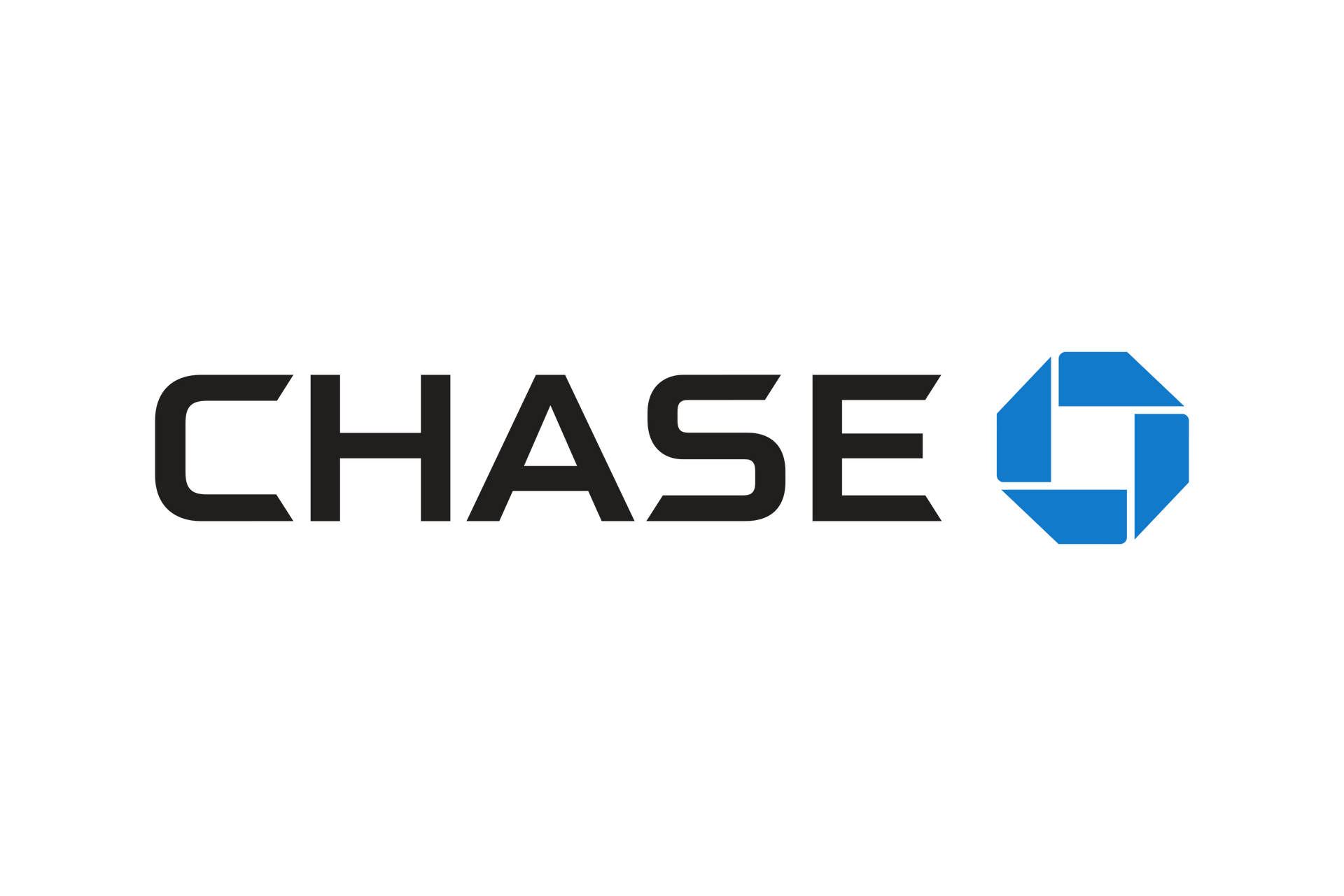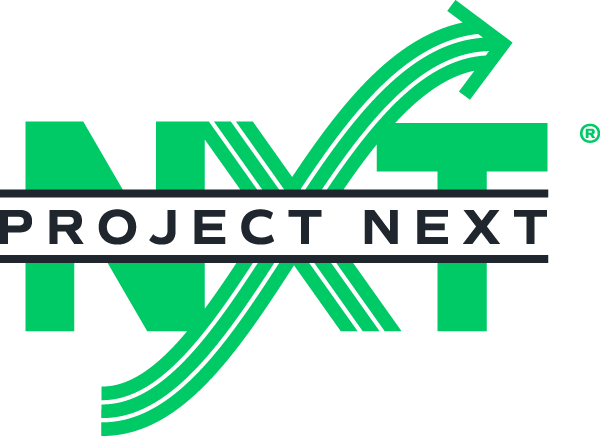Building a Strong Resume as a High School Student
Tips & Examples to Stand Out for College, Jobs, and Internships
A well-structured resume can give you a competitive edge if you’re a high school student preparing to apply for jobs, internships, or college programs. But what if you don’t have much work experience? No problem! A great resume isn’t just about jobs—it’s about showcasing your skills, achievements, and activities in a way that highlights your potential.
In this guide, we’ll help you
create a strong resume to impress employers, college admissions officers, and hiring managers.
Why High School Students Need a Resume
Even if you don’t have formal work experience yet, having a resume can help you:
✅ Apply for part-time jobs, internships, or volunteer opportunities.
✅ Stand out in college applications and scholarship applications.
✅ Show potential employers your skills and accomplishments.
✅ Present yourself professionally when networking or attending career fairs.
Step-by-Step Guide to Writing Your High School Resume
1. Choose a Clear and Professional Format
Your resume should be easy to read, well-organized, and professional. Use a simple font like Arial or Times New Roman, and keep your text size between 11 and 12 points. For clarity and impact, stick to a one-page limit.
💡 Tip: If you don’t have a LinkedIn profile yet, consider creating one to showcase your skills and connect with professionals in your field of interest.
2. Write a Strong Summary Statement
A summary statement (also called a personal statement or objective) is a short paragraph at the top of your resume that introduces you and highlights your key strengths.
Example:
👉 Hardworking high school student with strong leadership and communication skills. Passionate about community service and teamwork, with experience in student government and volunteer work. Seeking an opportunity to gain hands-on experience in [job/internship field].
💡 Tip: Tailor your summary to the specific job, internship, or scholarship you’re applying for.
3. Highlight Your Education
Since you’re a student, your
education section is important! Include your:
📌 High school name and location
📌 Expected graduation year
📌 GPA (if 3.5 or higher)
📌 Relevant coursework (if applicable)
Example:
Lincoln High School | San Diego, CA
Expected Graduation: June 2026
GPA: 3.8 | Relevant Coursework: AP English, Computer Science, Business Marketing
💡 Tip: If applying for a STEM internship, highlight math and science classes. If it’s a writing-related position, mention English or journalism courses.
4. Showcase Your Skills
Even without job experience, you have valuable
skills! Include a mix of:
✔
Soft skills (communication, teamwork, leadership)
✔
Hard skills (coding, graphic design, writing, social media)
Example Skills Section:
- Excellent written and verbal communication
- Leadership and teamwork
- Proficient in Microsoft Office & Google Suite
- Social media content creation
- Basic coding (Python, HTML)
💡 Tip: Tailor your skills list to the job or opportunity you’re applying for.
5. Include Work, Internship, or Volunteer Experience
If you’ve had a job, internship, or volunteer experience, list it in reverse chronological order (most recent first).
Example:
Volunteer Tutor | Local Community Center | 2023 - Present
- Tutored middle school students in math and science twice a week.
- Created lesson plans and assisted with homework assignments.
- Improved students' test scores by an average of 15%.
💡 Tip: Even if you worked at a fast-food restaurant or babysat, highlight the responsibilities and skills you gained, like teamwork, time management, and customer service.
6. Add Extracurricular Activities & Leadership Roles
Colleges and employers love to see students involved in clubs, sports, and leadership roles.
Example:
Student Government | Vice President | 2023 - Present
- Organized school events and fundraisers, raising over $2,000 for student programs.
- Represented student concerns in monthly meetings with faculty.
Varsity Soccer Team | Team Captain | 2022 - Present
- Led team practices and motivated teammates.
- Developed strong teamwork and leadership skills.
💡 Tip: Highlight leadership, teamwork, or achievements that demonstrate valuable skills.
7. Include Awards & Achievements
If you’ve earned awards, honors, or certifications, include them!
Example:
- Honor Roll (4 Semesters)
- National Honor Society Member
- 1st Place in Regional Science Fair (2023)
- CPR & First Aid Certified
💡 Tip: If you’ve completed online certifications (like Google or LinkedIn Learning courses), include them here!
8. Keep It Concise & Error-Free
Before submitting your resume:
✔ Proofread for
spelling and grammar mistakes.
✔ Keep information
concise and relevant.
✔ Save and send it as a
PDF
(unless the application requests another format).
High School Student Resume Example
[Your Name]
[Your Email Address] | [Your Phone Number] | [LinkedIn Profile]
Summary
Motivated high school student with strong communication, leadership, and problem-solving skills. Passionate about community service, teamwork, and personal growth. Seeking opportunities to gain hands-on experience in [job/internship field].
Education
Lincoln High School | San Diego, CA
Expected Graduation: June 2026
GPA: 3.8 | Relevant Coursework: AP English, Computer Science
Skills
- Strong verbal and written communication
- Leadership and teamwork
- Proficient in Microsoft Office & Google Suite
- Social media content creation
- Basic coding (Python, HTML)
Experience
Volunteer Tutor | Local Community Center | 2023 - Present
- Tutored middle school students in math and science.
- Created lesson plans and assisted with homework assignments.
- Improved students' test scores by an average of 15%.
Extracurricular Activities
Student Government | Vice President | 2023 - Present
- Organized school events and fundraisers, raising $2,000+.
- Represented student concerns in faculty meetings.
Varsity Soccer Team | Team Captain | 2022 - Present
- Led team practices and motivated teammates.
- Developed strong teamwork and leadership skills.
Awards & Certifications
- Honor Roll (4 Semesters)
- National Honor Society Member
- 1st Place in Regional Science Fair (2023)
- CPR & First Aid Certified
Final Tips for Success
✅
Tailor your resume to each application.
✅
Use action verbs like "led," "organized," "managed," and "created" to describe your experience.
✅ Keep it professional—no emojis, slang, or unnecessary personal details.
With a strong resume, you can
stand out from the competition and make a great impression—even without years of job experience! Start building yours today and take your first step toward an exciting future. 🚀








